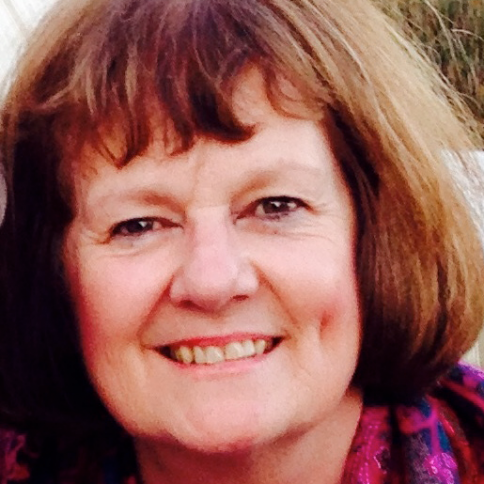
The Rev. Libby Boatwright, D.Min, BCC, is Chaplain for Outpatient Oncology Palliative Medicine for Stanford Health Care in Palo Alto, California.
As a chaplain on a palliative care team, I have a special role in patient care. Chaplains address a patient’s concerns around the sacred, existential questions and spiritual pain.  A chaplain might reawaken an embedded faith and rediscover a way for the patient to make use of the inspiration they once knew. Or a chaplain might seek to go deeper with a patient who is uncomfortable talking about the faith from their childhood. As interfaith chaplains, we honor all faiths, cultures, and those who seek inspiration and meaning from elsewhere. Our work begins with a focus on the patient and the current situation, be it diagnosis, survivorship, or the news that the cancer cannot be treated. We then assess what might contribute to a patient’s stress and suffering.
A chaplain might reawaken an embedded faith and rediscover a way for the patient to make use of the inspiration they once knew. Or a chaplain might seek to go deeper with a patient who is uncomfortable talking about the faith from their childhood. As interfaith chaplains, we honor all faiths, cultures, and those who seek inspiration and meaning from elsewhere. Our work begins with a focus on the patient and the current situation, be it diagnosis, survivorship, or the news that the cancer cannot be treated. We then assess what might contribute to a patient’s stress and suffering.
Chaplains are a unique part of the medical team. They are generally the one person a patient doesn’t have to see. Doctors, nurses, and therapists are all involved with physical symptoms. Chaplains are more involved with the internal struggles that others may not see: the wound of a lost job or loss of a child, the ache of absorbing the bad news of a diagnosis, the fear of being abandoned by family members or the faith community, the dread that prayer or meditation is no longer working or that God has punished them with melanoma or leukemia for past choices, the deep pain that often comes with forgiveness and regret. These are unseen pains that cannot be addressed with a stethoscope or scalpel. In contrast to the hands of a trained surgeon, our work is more like that of a gardener. Chaplains cultivate the soil, remove those things that hinder growth, and place seeds of inspiration to promote new beginnings—things that restore spiritual and emotional health.
So what might a chaplain ask a patient? The Spiritual Health Assessment, based on the “Healing the Four Dimensions of Spiritual Pain,” offers some suggestions:
-
What is giving me life/energy right now?
-
Who or what keeps me from being fully alive?
-
Who or what do I need to forgive? From whom do I need to seek forgiveness?
-
Who or what means the most to me?
-
Who or what do I fear losing?
-
What dreams keep me alive?
-
What are my current inspirations?
-
Why might I feel depressed or hopeless?
-
What am I worried about?
-
What are the things I want to get done or have people remember me for?
-
Will my faith tradition play a role in the health care decisions I am making?
-
What are some of the services I will need at the end of life?
These open-ended questions bring awareness of spiritual pain. This is one of the first steps toward healing.
Then we often move from inner spiritual pain to the practical resources that may bring additional healing. Is there a religious community that might offer support with home visits, transportation, and rituals when the fatigue or nausea caused by chemotherapy sets in? Are there people who can help with errands, offer encouraging phone calls, or join in prayer? Who can coordinate these efforts? This kind of connection to a community fulfills the practical needs and often reaffirms the value of community because the patient is surrounded with proof of compassion.
A recent study has shown that there are 3 spiritual needs common to all people: the need for meaning and purpose, the need for love and relatedness, and the need for forgiveness. These needs also provide the foundation for many faith traditions. The chaplain explores these needs and discovers each patient’s individual spirituality and uniqueness. By giving the patient permission to pour out their heart’s concerns and pain, “the chaplain’s biggest gift is to be present and just listen.”1
References
- Source: Diane Johnson
